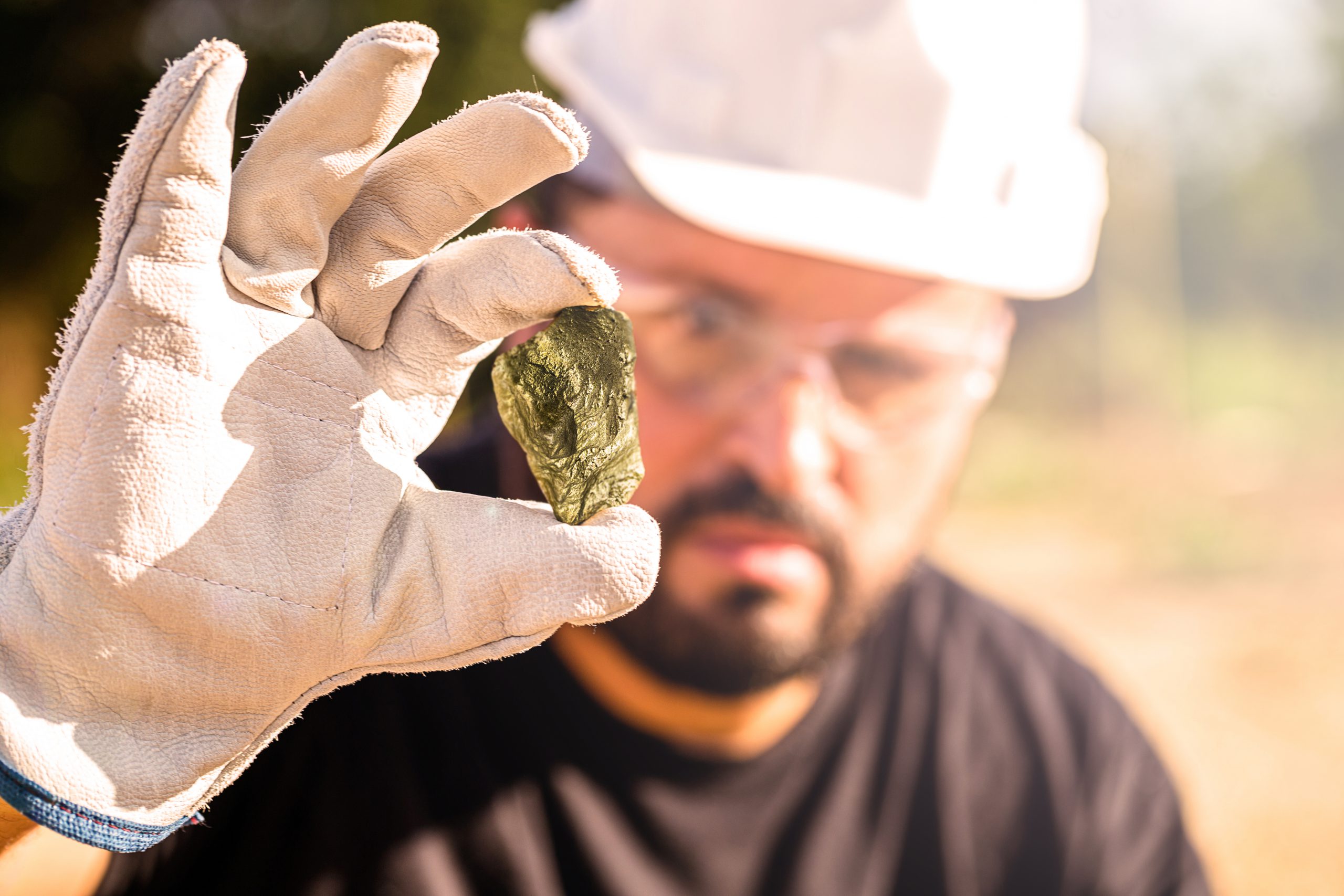What a whacky world we live in. Once upon a time, the Federal Reserve’s job was to make sure banks were stable institutions that people could trust. And, to a lesser extent, to keep an eye on the entire US financial “system” – if there is such an organized thing! – and make policy recommendations to help prevent a recurrence of the 1929 economic crash.
(Don’t worry – we’ll get to the gold. Just sayin’.)
Nowadays, any time the market turns down 5%, a clamor rises for the Fed to lower interest rates to goose things along. Never mind that inflation destroys the value of the Dollar; never mind that rising prices leave scores of people in the position of losing wealth despite increases in wages that would make other countries feel downright swimmy in money.
Over the last 10 years, it seems investors have gotten so used to ridiculously low-interest rates that any hint of normality causes them to run around looking for safe spaces. Any hint of actual risk is viewed as the end of the world, rather than an understanding of the once-natural market relationship between risk and reward. After all, if I even wake up in the morning shouldn’t somebody pay me?
Sorry, Charlie, the real (natural) world doesn’t work that way. In the real world if you don’t work you starve. One of the things that confounds your friendly Gold Enthusiast is all these people running around worshiping Nature, yet failing to realize that Nature is a place where everything is under constant threat of being eaten. Learn how to survive, learn how to produce, learn about the balance between risking injury (or even death) and eating that prickly cactus or critter over there.
Back to the investing world. Your friendly Gold Enthusiast grew up being taught that you could go for bigger returns, but they carry bigger risks. Bigger risks were sought by fewer people, and the risk of losing your invested capital meant you wanted more in return. Because every so often one of these risky things failed, and (perish the thought) investors did actually lose money.
Watching the consequences of someone else losing is supposed to remind everyone why risk is called risk, and not happy flowers.
It’s supposed to jolt everyone back to reality, where sane people can get ahead with some effort and care. It’s supposed to make everyone saner, grow wealth at a reasonable rate, and offer the opportunity for anyone who can do basic division a fighting chance in the investing world.
So now we’re in a world where the Federal Reserve has the interest rate set at the very bottom of what used to be considered “the normal range.” And at the start of this very month market was within 1% of its all-time high. This morning the market is perched about 6.6% under its all-time high, a distance that is well within any definition of “normal trading range,” and yet the Fed is “attuned” in case they need to lower interest rates.
On the positive side, the “shock” of the Fed possibly lowering interest rates, along with increasing signs of stress in the world financial markets, giving investors at least some incentive to buy gold. That resulted in international gold having a nice little run-up yesterday close to 1300. Now indeed that run-up was on low volume relatively speaking. But it does whisper what will happen if enough investors either get really nervous or enough return to their senses.
Probably not really soon, but it’s a great time to do your weekend homework on the gold sector.
Signed,
DISCLAIMER: No specific securities were mentioned in this article. The author has small long-gold holdings in NUGT, JNUG, and a few junior miners. He may add to one or more of these in the next 48 hours.
About the Author: Mike Hammer
For 30-plus years, Mike Hammer has been an ardent follower, and often-times trader, of gold and silver. With his own money, he began trading in ‘86 and has seen the market at its highest highs and lowest lows, which includes the Black Monday Crash in ‘87, the Crash of ‘08, and the Flash Crash of 2010. Throughout all of this, he’s been on the great side of winning, and sometimes, the hard side of losing. For the past eight years, he’s mentored others about the fine art of trading stocks and ETFs at the Adam Mesh Trading Group More...
9 "Must Own" Growth Stocks For 2019
Get Free Updates
Join thousands of investors who get the latest news, insights and top rated picks from StockNews.com!






